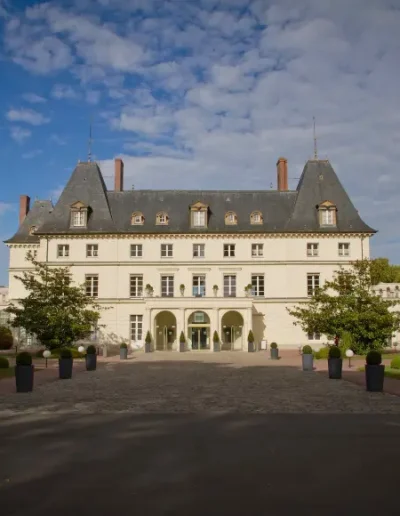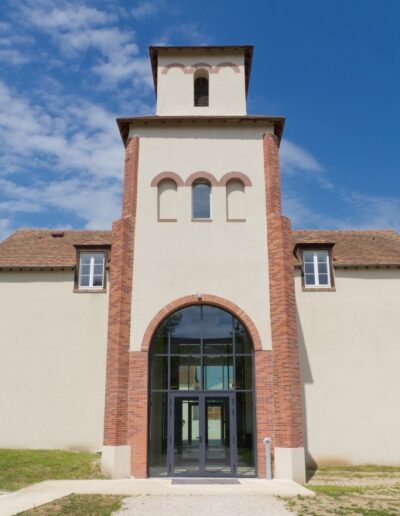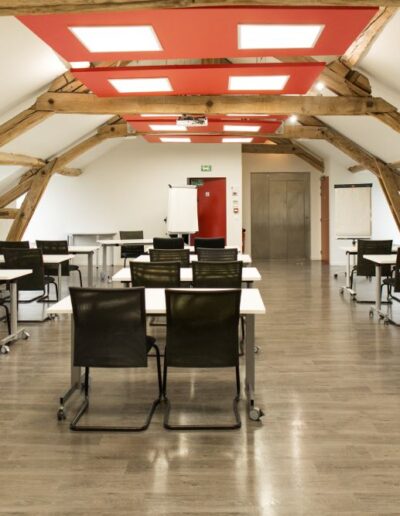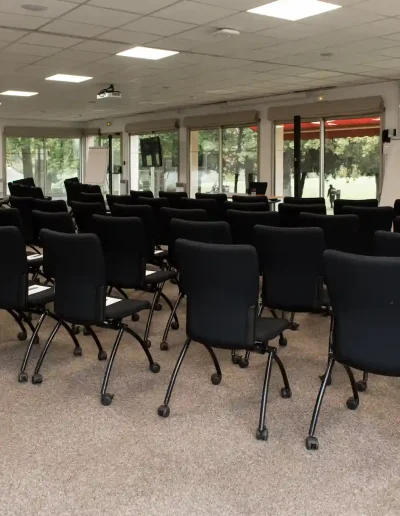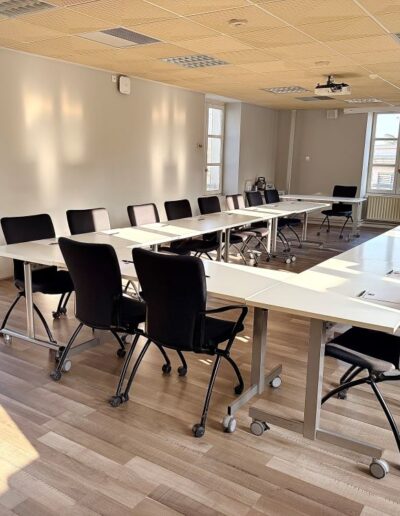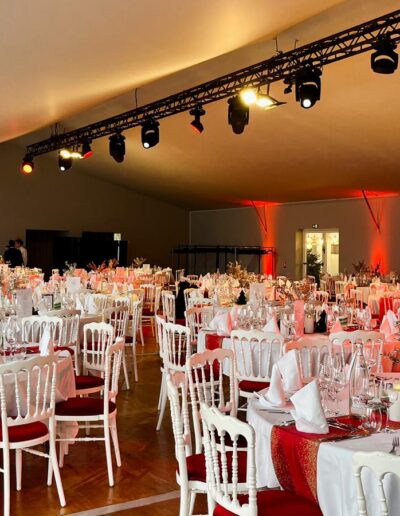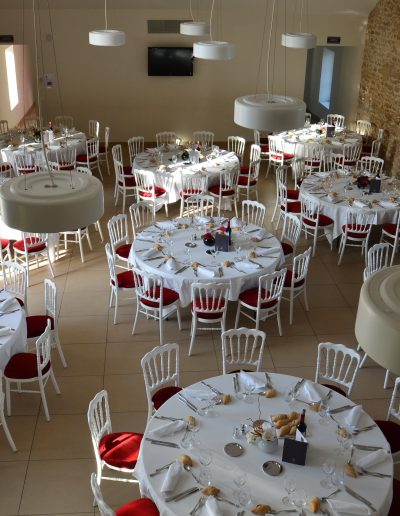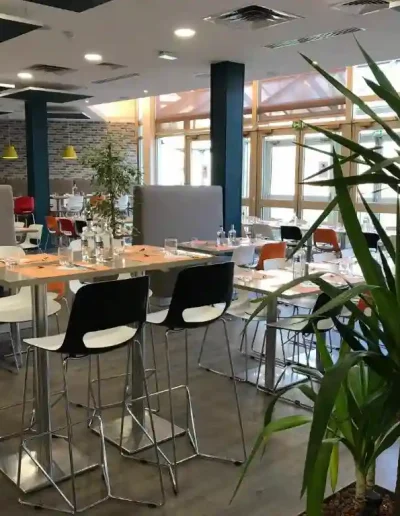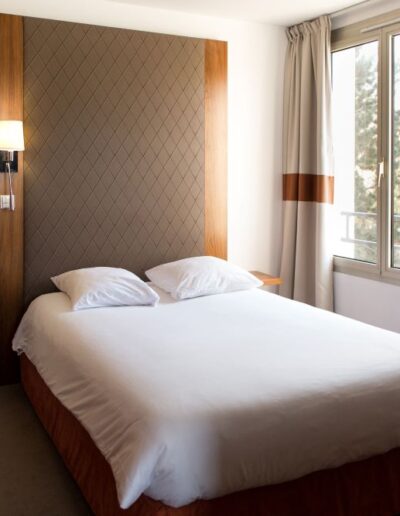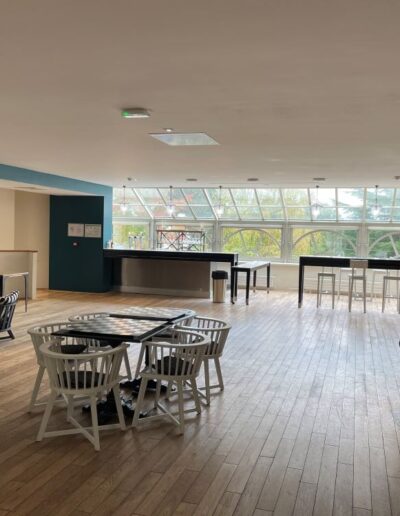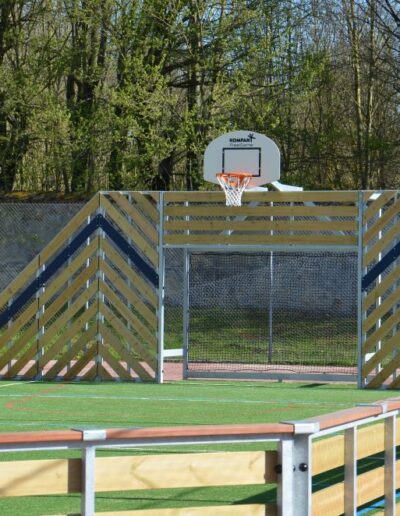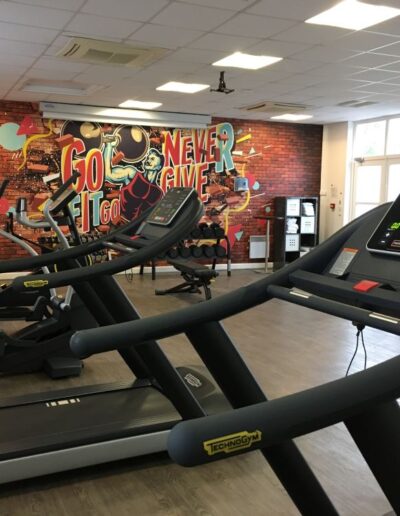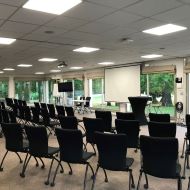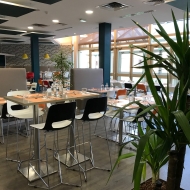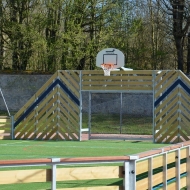Le domaine
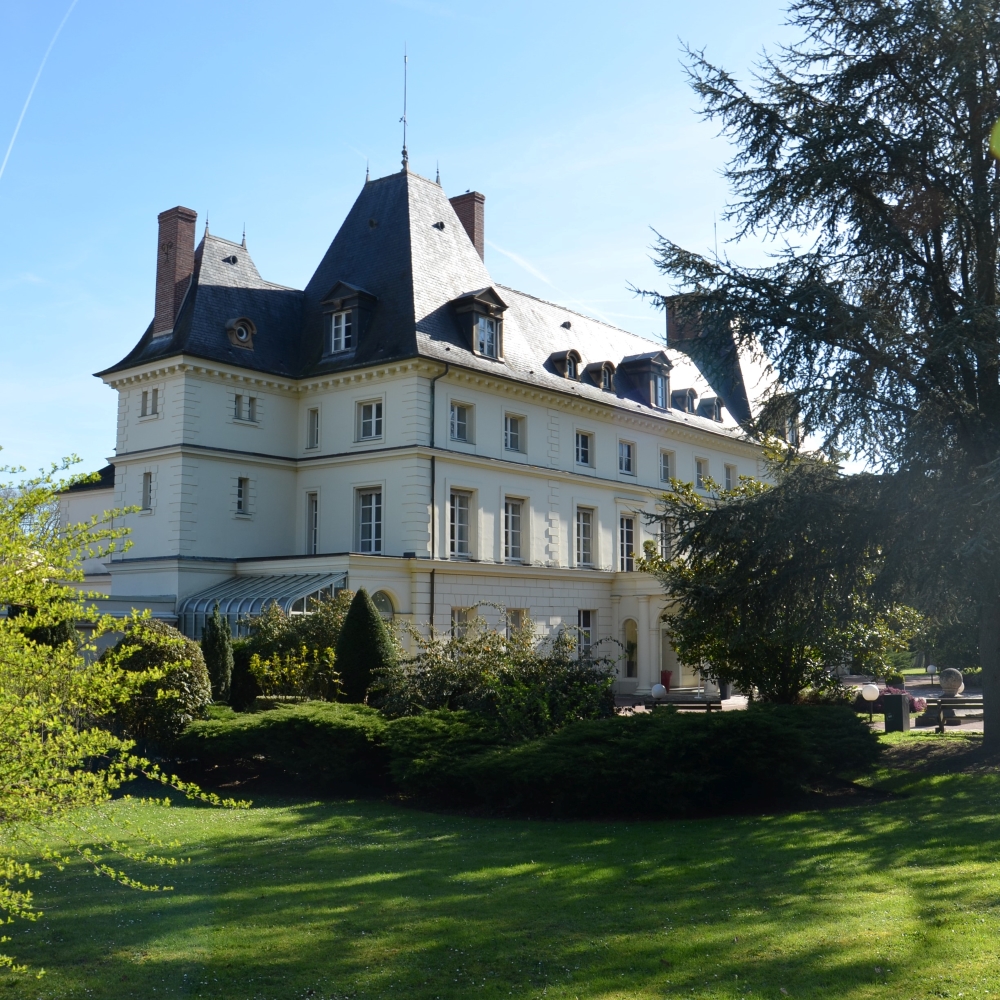
Lieu pour vos événements professionnels
Une demeure de charme
Le château du XVIIIe siècle et ses deux ailes modernes, proposent 298 chambres et 50 salles de réunions. Un auditorium modulable de 300 places ainsi que 8 salles de réunion et un espace de restauration se situent dans l’ancien corps de ferme, abriant jadis des écuries restaurées en 2011. Le savoir-faire et le savoir être des équipes dédiées à votre organisation de séminaires, seront la clé de la réussite de votre événement. Le cadre verdoyant offre la possibilité d’organiser de nombreuses animations et activités en extérieur afin de rendre votre séminaire inoubliable.
Découvrir en images
Découvrir le domaine
Les différents espaces du domaine
Espaces de travail
3 espaces au choix entre le Château, la ferme et le club.Voir
Espaces RESTAURATION
Buffet, Cocktail, Repas assis, les cuisines sont orchestrées par un Chef.Voir
Espaces lOISIRS
Activités extérieures, salle de fitness et espace lounge, à dispositionVoir
Retour dans le passé
L'histoire du domaine
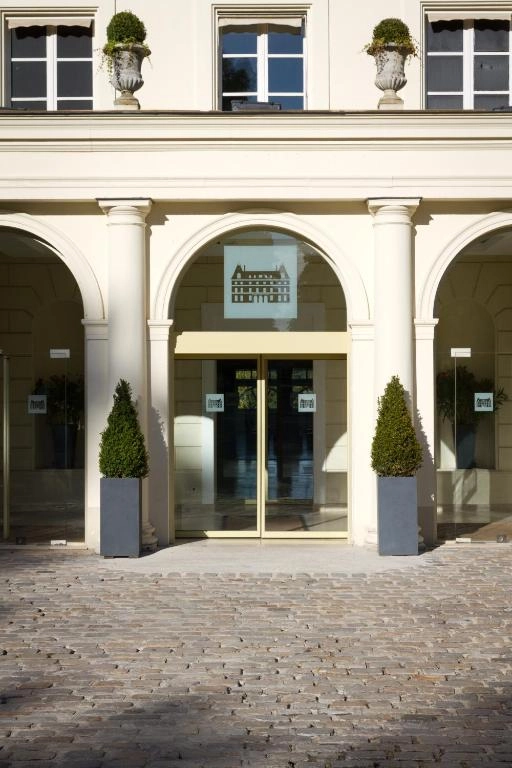
Les Origines antiques et époque gallo-romaine
Le château de Frémigny trouve ses origines à l’époque gallo-romaine. Il appartenait alors à un riche praticien, marquant le début de son histoire prestigieuse.
1759 - 1839 : L'ère de Charles-Louis Huguet de Semonville
Charles-Louis Huguet de Semonville, brillant aristocrate et diplomate, joua un rôle clé sous Louis XVI, l’Empire et la Restauration.
Maire de Bouray-sur-Juine (1816-1830), il fut également Commandeur de la Légion d’honneur.
En 1825, il légua le domaine à son beau-fils, Charles-Tristan de Montholon.
1830 : Charles-Tristan de Montholon et l’héritage napoléonien
Charles-Tristan de Montholon, aide de camp de Napoléon Bonaparte, accompagna l’Empereur dans son exil et fut son secrétaire de confiance.
Napoléon lui dicta son testament, témoignant de leur étroite relation.
Après la mort de Napoléon et un train de vie effréné, Montholon fut contraint de vendre le château en 1830 et s’exila en Belgique, puis en Angleterre.
Transformation sous le Consulat : L’architecture "à l’italienne"
Le château actuel, reconstruit à l’époque du Consulat, adopte un style « à l’italienne », caractéristique de l’époque, avec des influences des campagnes militaires d’Italie et d’Égypte.
Le parc de Frémigny, inscrit à l’inventaire du patrimoine culturel, comprend notamment un étang et une orangerie datant du XIIIe siècle.
1963 : Une nouvelle ère sous AXA
En 1963, le domaine est acquis par le groupe AXA.
Après des travaux et des aménagements majeurs, il devient en 1987 un centre de formation moderne, perpétuant l’héritage du domaine tout en lui donnant une nouvelle vocation.

